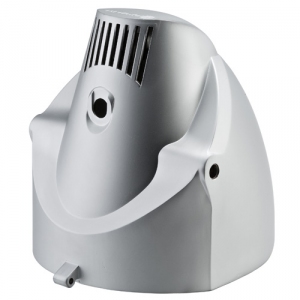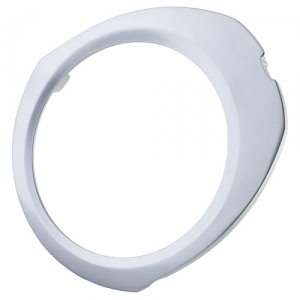Nickel plating
Nickel plating components made of aluminum, zinc, brass and steel both improves protection against corrosion and wear and yields decorative surfaces. Nickel has a bright silver, slightly yellowish hue, and matte to high-gloss surfaces can be produced depending on the method. Depending on the requirements and use, either chemical nickel plating or galvanic nickel plating is recommendable. We nickel-plate components in accordance with DIN ISO 12540.


Galvanic nickel plating
Nickel plating by means of galvanic baths is used for decorative corrosion protection or electrical contact elements. By adding gloss agents, different surfaces can be created with layer thicknesses of 25-50 µm: High-gloss nickel,semi-gloss nickel, matte nickel, black nickel, and double nickel. To reduce costs, a multilayer system is frequently used for galvanic nickel plating (Cu/Ni, Cu/Ni/Cr).
Advantages
- For decorative coating or as a solder base
- Good corrosion protection
- Attractive appearance
- Good ductility
- More economical procedure
Chemical nickel plating
We offer chemical nickel plating with layer thicknesses of 8-50 µm for technical components subject to high stress. True-to-contour nickel plating in an involved nickel/phosphorus bath is appropriate especially for components that have a complex surface geometry and require a high level of corrosion and wear protection. The tolerance of chemical nickel is ± 3 µm.
Advantages
- For functional applications
- True-to-contour coating
- Very good corrosion protection at thicknesses of 30 µm and above
- High wear resistance
- Decorative appearance depending on the underlying surface
- The nickel coating can be soldered
- Expensive process
